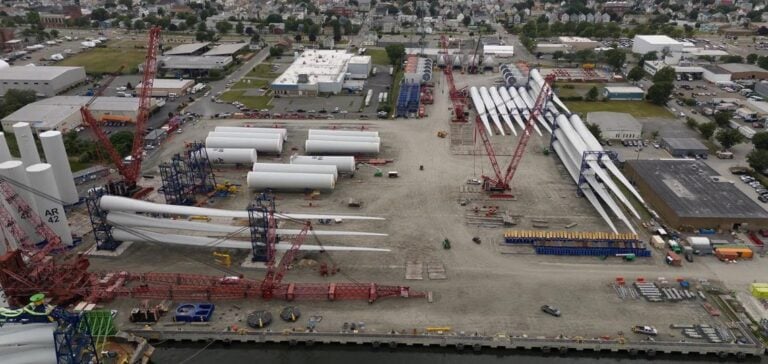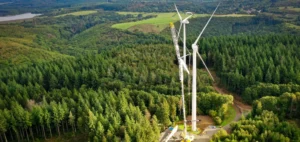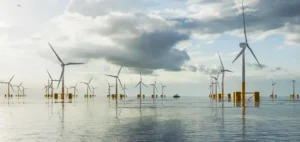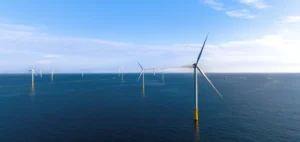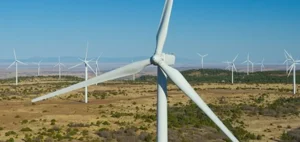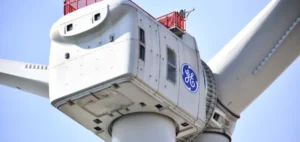The Salem Offshore Wind Terminal, located on the site of a former coal-fired power plant, is designed to become a hub for the offshore wind industry in New England.
The project, supported by Crowley Wind Services, the Massachusetts Clean Energy Center (MassCEC) and the U.S. Maritime Administration, is designed to meet the region’s growing need for renewable energy infrastructure. This initiative is part of a broader strategy to develop offshore wind energy capacity, a booming sector that enjoys strong support from state and federal authorities.
Work to transform the site into a modern wind terminal is underway, and includes significant improvements to the existing port infrastructure.
These modifications are designed to accommodate the heavy equipment needed to assemble and deploy wind turbines, both fixed and floating, on the region’s future offshore fields.
Essential support for the wind energy supply chain
The Salem terminal stands out for its ability to support the wind energy supply chain in New England.
Due to its strategic location, it is expected to become a focal point for offshore wind project logistics, facilitating the transportation and installation of critical components.
Crowley Wind Services, as terminal operator, has forged strong partnerships with local stakeholders to maximize the economic impact and create skilled jobs in the region.
The development of this terminal is not limited to its logistical function.
It also includes an important social dimension with targeted initiatives for local employment, particularly for under-represented communities.
In the construction phase, the project is already generating hundreds of jobs, and in the long term, it is part of a dynamic to strengthen the local economic fabric with the creation of permanent positions.
Growth prospects for offshore wind power
The Salem Offshore Wind Terminal is designed to play a pivotal role in the future development of the wind industry in New England.
Its ability to accommodate floating wind projects, a cutting-edge technology that is gaining in importance in the industry, makes it an essential infrastructure for meeting the ambitious energy goals of the state of Massachusetts.
This project is a concrete example of how the state is reorienting its industrial infrastructure towards energy transition goals, while fostering local economic growth.
With commissioning scheduled for 2026, the terminal is well positioned to become an essential component of the region’s energy ecosystem, supporting both local operations and the development of renewable energies nationwide.
The collaboration between the public and private sectors in the realization of this project illustrates the synergy needed to achieve energy transformation in a sustainable and inclusive manner.


